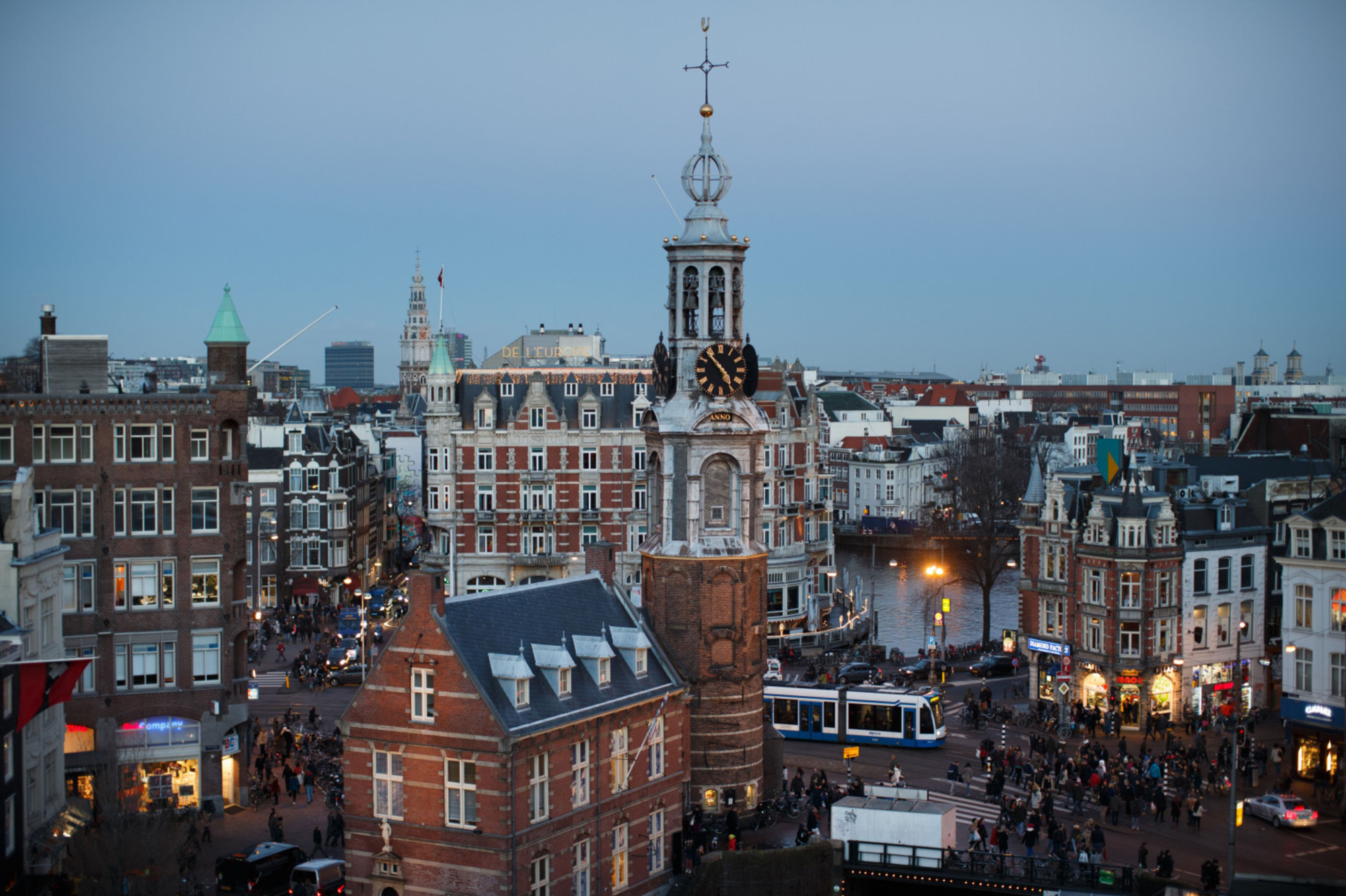Like a lot of big cities in the developed world, Amsterdam lost population in the 1960s, 1970s and early 1980s as its inhabitants opted for newer dwellings and more space outside the city. During those same decades, newcomers arrived in large numbers from former and current Dutch territories as well as Turkey and Morocco. But there weren't enough of them to make up for the domestic exodus, and their presence led some longtime Amsterdammers to decide the city was no longer for them.
After 1985 — again like a lot of big cities in the developed world — Amsterdam stopped shrinking. New arrivals from overseas were still coming, and more and more of them were having kids (one of whom, just to keep American readers engaged here, is the new shortstop for the Philadelphia Phillies). Educated young people from elsewhere in the Netherlands began to stream in, too, attracted rather than repelled by the city's increasingly diverse, cosmopolitan feel, and drawn in by a growing assortment of good jobs. Starting in 2005, the city began to experience sustained net inflows of domestic migrants for the first time since at least 1950.
In 2015, that domestic inflow reversed. By 2018, the net outflows were of a scale not seen since the early 1980s.

















With your current subscription plan you can comment on stories. However, before writing your first comment, please create a display name in the Profile section of your subscriber account page.